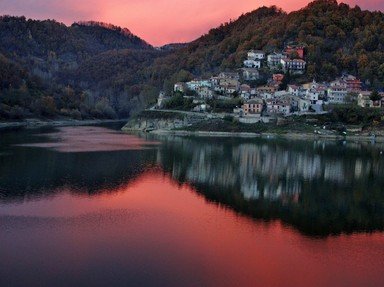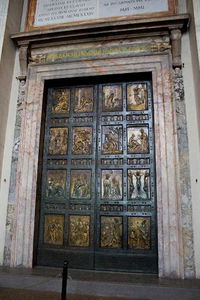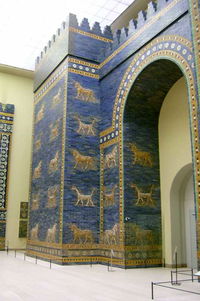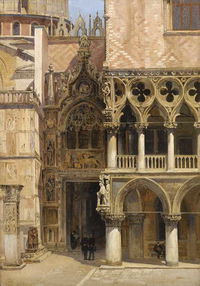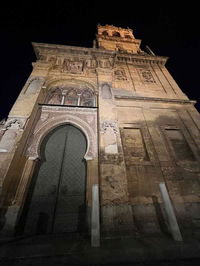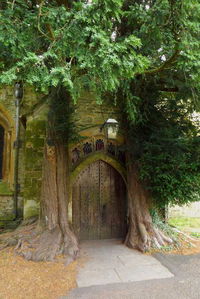Quiz Answer Key and Fun Facts
1. Gates of Paradise - Florence, Italy
2. Holy Door of St. Peter's Basilica - Vatican City, Italy
3. Ishtar Gate - originally in ancient Babylon
4. Columbus Doors - Washington, DC
5. Porta Della Carta - Venice, Italy
6. Puerta del Perdón (Door of Forgiveness) - Cordoba, Spain
7. Downing Street - London, England
8. St. Edwards Church - Stow-on-the-Wold, England
9. Royal Palce Doors - Fes, Morocco
10. All Saints' Church - Wittenberg, Germany
Source: Author
stephgm67
This quiz was reviewed by FunTrivia editor
agony before going online.
Any errors found in FunTrivia content are routinely corrected through our feedback system.
